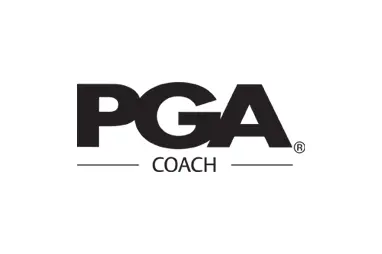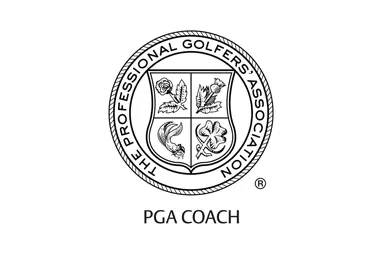GROOVE CHECK
Performing a golf club groove check, which involves inspecting and potentially restoring the grooves on your…





Performing a golf club groove check, which involves inspecting and potentially restoring the grooves on your…
When choosing new golf club grips, you have several options to consider, based on factors such…
Replacing your golf shaft can offer several benefits, depending on various factors such as your swing…
Restoring and servicing golf clubs can offer several benefits, helping to maintain the performance, durability, and…